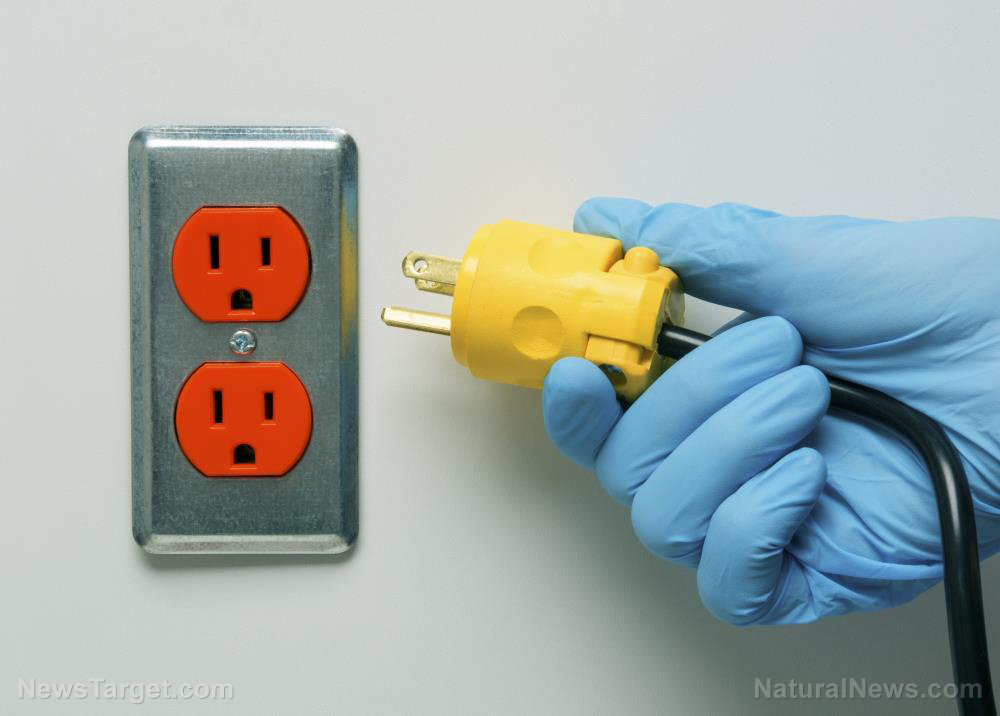
This is according to a report published by the World Wide Fund for Nature (WWF) based on a study done by researchers from the University of Newcastle in Australia, which looked at data surrounding microplastic ingestion.
According to the researchers, people are at risk of ingesting around 5 g of microplastics per week – an amount equal to the average weight of a credit card.
Microplastics, according to the WWF report, are defined as plastic particles under 5 mm in size. Primary microplastics are plastics directly released into the environment in the form of small particulates such as shower gel microbeads, while secondary microplastics are those that arise from the degradation of larger plastic items, such as “biodegradable” plastic bags.
An average person potentially consumes as much as 1,769 particles of plastic every week just from water contaminated with the material -- even groundwater. Another key source of microplastics is shellfish, which accounts for as much as 0.5 g a week. The WWF report said this stems from the fact that shellfish, which live in plastic-polluted seas, are often eaten whole -- their digestive systems included.
This information is supported by the findings of a similar report published in the journal Environmental Science and Technology, which looked at data from 26 peer-reviewed studies on the concentration of microplastics in food items such as seafood, bottled water, tap water, sugars, salts and alcohol.
According to the study’s researchers, Americans consume anywhere between 39,000 to 52,000 microplastic particles per year. The researchers added that individuals who meet their recommended water intake through only bottled sources may be ingesting an additional 90,000 microplastics annually, compared to 4,000 microplastics for those who consume only tap water.
The actual amount could be even higher, however, according to the researchers, who noted that their figures might be “drastic underestimates.”
“If our findings are remotely representative, annual microplastic consumption could exceed several hundred thousand [particles],” the researchers said.
An earlier study previously confirmed the presence of microplastics within the human body.
Plastics inside the body confirmed
In a study presented at the 2018 United European Gastroenterology Week, researchers from the Medical University of Vienna and the Environment Agency Austria monitored stool samples from a group of participants from countries across the world, including Finland, Italy, Japan, the Netherlands, Poland, Russia, the UK and Austria. The results showed that every single stool sample tested positive for the presence of microplastics, with the researchers identifying up to nine different plastic types in the samples.
Among the plastics the researchers identified were polypropylene (PP) and polyethylene terephthalate (PET), which are commonly used in household items, clothing, food containers and water bottles, respectively.
According to the researchers, while information on microplastics are still sparse, they believe that microplastics may impact human health via the gastrointestinal tract.
“This is the first study of its kind and confirms what we have long suspected, that plastics ultimately reach the human gut,” Philipp Schwabl, a physician-scientist at the Division of Gastroenterology and Hepatology at the Medical University of Vienna said, adding that the results are particularly important for patients with gastrointestinal diseases.
“Now that we have first evidence for microplastics inside humans, we need further research to understand what this means for human health,” Schwabl stated.
BPA: Not a-okay
One other type of microplastic that people are looking into is bisphenol A, or BPA.
A precursor to polymers that are used in some consumer products such as food and water containers, BPA is thought to be an endocrine disruptor, which means it can interfere with the production, secretion and action of the body's hormones. According to medical experts, this can have negative effects on people who come into physical contact with the chemical.
According to a paper published in Reproductive Toxicology, 75 peer-reviewed studies link BPA to many adverse perinatal, childhood and adult health effects, including those related to reproduction, development and metabolism.
Among the effects BPA has on the human body are the following:
- Reproductive disorders
- Heart disease
- Type 2 diabetes
- Breast cancer
- Prostate cancer
- Metabolic disease
- Asthma
How to avoid microplastics
While microplastics and nanoplastics -- plastics that measure from 1 to 100 micrometers in length and can potentially enter the human bloodstream and cells -- are generally pervasive, there are ways to actively avoid ingesting them, such as:
- Checking the chemical composition of the products you are buying. Look for food and water containers that are labeled BPA-free.
- Buying fresh food as much as possible, as microplastics are often an unwelcome additive in many canned and packaged goods. In fact, one study claims that BPA levels in participants' bodies fell significantly after just three days of eating a fresh food diet.
- Buying seafood caught from clean waters since microplastics can enter and collect in the flesh of fish and shellfish, a process known as bioaccumulation.
Looking for more stories to protect your health and the environment? Head over to Environ.news to learn more.
Sources include:
Please contact us for more information.






















